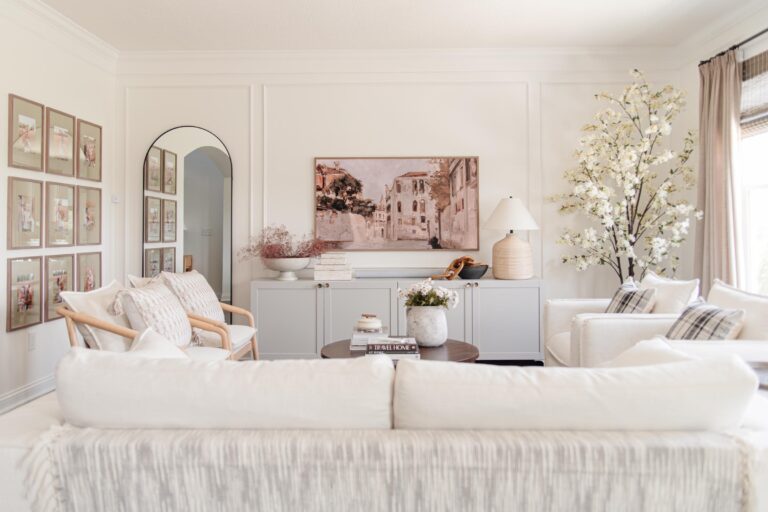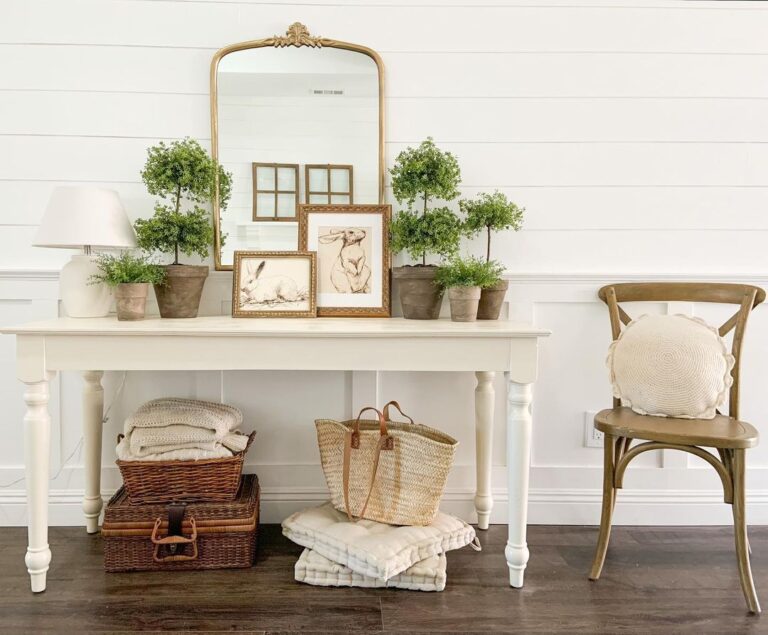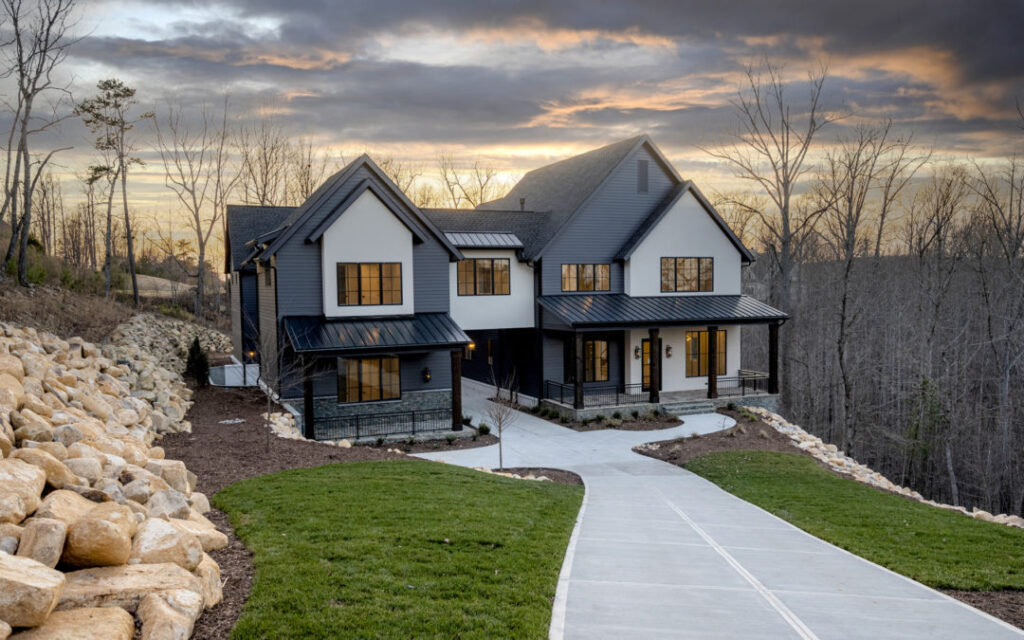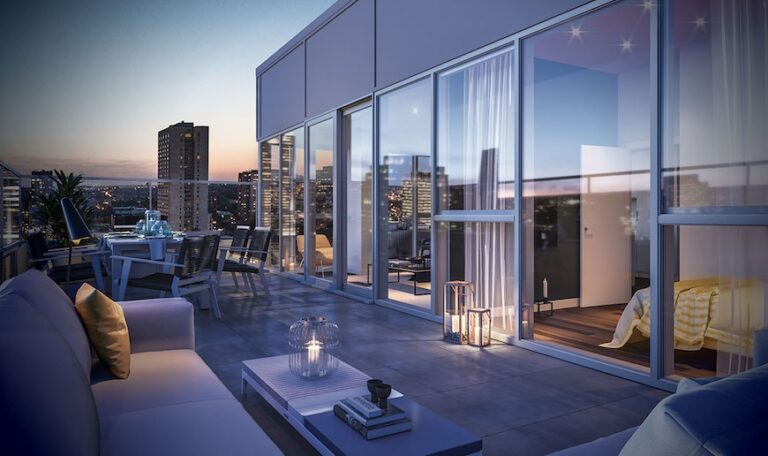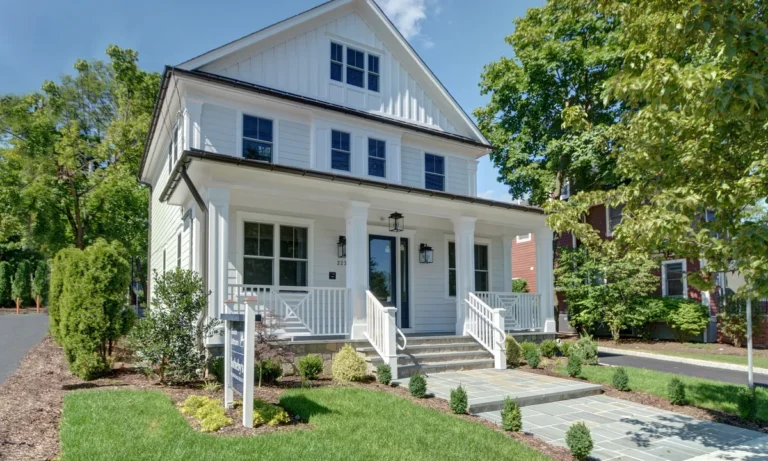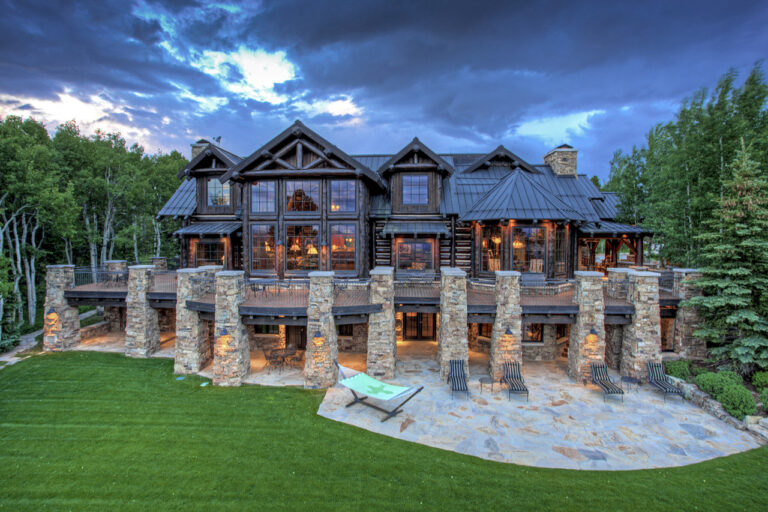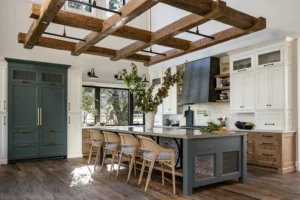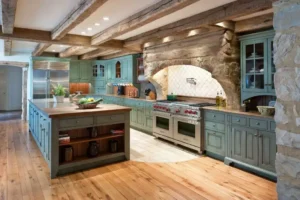Emily and David had always dreamed of building their own home. After years of saving and meticulously planning, they found the perfect plot of land on the outskirts of a small town. Inspired by architecture magazines and home improvement shows, they sat down to finalize their budget. What they thought would be a straightforward process quickly turned into a bewildering exercise in cost estimation. From foundation to finishing touches, the numbers didn’t add up as easily as they’d hoped. Emily and David, like many prospective homeowners, realized that understanding the cost of building a house requires navigating a complex maze of variables. How much does it cost to build a house today? This article breaks down the key factors, national averages, and what you can expect as you embark on your homebuilding journey.
The National Average: A Baseline for Expectations
Before examining individual costs, it’s important to establish a general baseline. According to the National Association of Home Builders (NAHB), the average cost to build a single-family home in the U.S. in 2023 was approximately $315,000. This number, however, is heavily influenced by factors such as location, home size, design complexity, and the materials used.
To provide a more detailed perspective, data from HomeAdvisor indicates that the average range to build a house falls between $240,000 and $460,000, depending on region and other variables. However, these numbers can easily soar beyond $1 million for luxury homes or properties in high-cost urban areas.
Key Cost Components in Building a Home
The total cost of constructing a home can be divided into several major categories: land, labour, materials, permits, and miscellaneous costs. Below is a breakdown of each, along with some stats and sources to help you better understand.
- Land Acquisition Costs
The price of land can vary dramatically based on location. According to the U.S. Census Bureau, the average cost of a residential lot in 2022 was about $53,000. However, in urban areas like San Francisco or New York, a parcel of land alone could easily exceed several hundred thousand dollars, whereas in rural areas, land can be as affordable as a few thousand dollars per acre.
It’s also important to remember that preparing the land for construction—clearing trees, grading, and levelling—can cost another $1,500 to $5,000 or more, depending on the terrain.
- Foundation and Framing Costs
Laying the foundation is one of the first major house expenses. For a standard 2,000-square-foot home, expect to pay between $7,000 and $15,000 for a concrete slab foundation and between $18,000 and $35,000 for a full basement, according to data from HomeGuide. Framing—the skeleton of your home—will typically cost between $20,000 and $50,000.
The size and layout of the home heavily influence framing costs. Complex architectural features, such as vaulted ceilings or non-standard shapes, can increase the price considerably.
- Materials: Lumber, Steel, and More
Material costs are another major factor and can fluctuate based on market conditions. Lumber prices, for instance, have been particularly volatile in recent years. During the pandemic, lumber prices skyrocketed, with Forbes reporting an increase of over 300% in 2021. While prices have since stabilized, they remain higher than pre-pandemic levels. In 2023, you can expect to spend $25,000 to $65,000 on materials for an average-sized home, according to HomeAdvisor.
Beyond lumber, steel (used for framing in some cases) is another option, particularly in areas prone to natural disasters. However, depending on your location and the current market, steel framing tends to cost about 15-20% more than wood framing.
- Labor Costs
Labour is one of the largest single expenses in homebuilding. According to the NAHB, labour costs account for roughly 30-40% of the total house cost. That means labour could cost between $95,000 and $125,000 for a house with a $315,000 budget.
Labour costs vary significantly depending on where you’re building. High-demand markets or regions with skilled labour shortages can drive up prices. For example, labour costs are generally higher in urban areas like New York or Los Angeles than rural or suburban areas.
- Permits and Legal Fees
Before construction can begin, you’ll need to acquire permits from local authorities. The cost of permits can range from $1,000 to $4,000, though this varies widely depending on the municipality, the scope of the project, and whether the land is located in an area with special zoning requirements.
In addition, you may incur legal fees to cover contract drafting, land surveys, and title insurance. Depending on the project’s complexity, these fees typically range from $500 to $3,000.
- Utilities and Infrastructure
Remember the costs of connecting. Stay in your home to essential services such as water, electricity, and sewage. Utility installation costs vary depending on the proximity of your property to existing infrastructure. In some cases, these expenses are relatively low, between $5,000 and $10,000, but in rural areas, where utilities may need to be extended long distances, they can rise to $30,000 or more.
- Interior Finishes: From Functional to Luxe
Once the walls are up, plenty of expenses remain, primarily focused on interior finishes. This category includes everything from flooring, countertops, and cabinetry to appliances, paint, and fixtures. The cost for finishes can vary dramatically based on your preferences. For example:
- Basic finishes (laminate countertops, vinyl flooring) may cost $30,000 to $50,000 for a standard home.
- High-end finishes (quartz countertops, hardwood floors, designer lighting) can push the cost well over $100,000, depending on your choices.
Regional Variations in Home Building Costs
The location is one of the biggest factors influencing the cost of building a house. As HomeAdvisor notes, building costs vary significantly from region to region. Below are some examples of how much it might cost to build in different areas:
- Northeast U.S.: Building a home in states like New York, Massachusetts, or New Jersey typically costs between $350,000 and $600,000 due to higher land costs and labour rates.
- Midwest U.S.: In more affordable regions like Ohio, Kansas, or Indiana, you might spend between $200,000 and $400,000 to build a home.
- West Coast U.S.: Costs in California, Oregon, and Washington are some of the highest in the nation. A typical home might cost anywhere from $400,000 to over $1 million, depending on proximity to urban centres.
- Southern U.S.: In states like Texas and Georgia, construction costs are more moderate, ranging from $200,000 to $450,000 for a typical home.
Hidden Costs and Contingency Planning
Building a house is more complex than adhering to your original budget. Most builders recommend adding a 10-20% contingency fund to cover unexpected expenses. These could include delays due to weather, changes in material costs, or surprise issues with the land (such as poor soil quality requiring additional foundation work).
According to The Mortgage Reports, unexpected costs during construction add an average of $10,000 to $20,000 to most homebuilding projects.
Conclusion: Planning for the Dream
Building a house is one of the most significant financial investments most people will make in their lifetime. While the average cost to build a home in the U.S. sits around $315,000, it’s clear that the final price can vary widely based on location, size, design, and materials. Whether you’re aiming for a modest starter home or a sprawling custom-built estate, understanding the breakdown of costs—and preparing for contingencies—can help turn your dream into a reality without breaking the bank.
Remember, every dollar you spend brings you closer to the day when you, like Emily and David, can step into your newly completed home and realize that all the planning, budgeting, and hard work were worth it. The journey may be complex, but the result is priceless.

